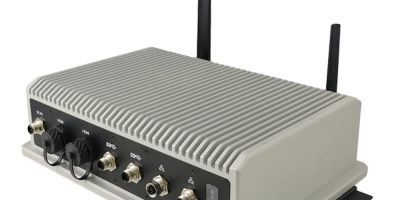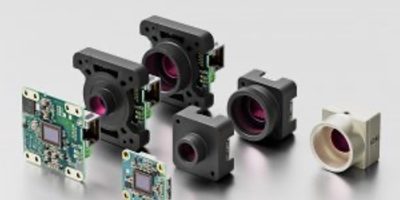Ibase has launched the ARS200, a rugged, waterproof all-in-one outdoor computer engineered for high-reliability performance in extreme conditions. Purpose-built for mission-critical applications, the ARS200 combines durable industrial-grade hardware with environmental resilience, making it ideal for smart transportation, traffic monitoring, industrial automation, outdoor digital signage, and energy infrastructure deployments.
Powered by Intel 14th/13th Gen Core U-series processors and supporting up to 64GB of DDR5-5600 memory, the ARS200 offers computing performance with energy efficiency. Its modular design supports multiple M.2 slots for wireless and storage expansion, and includes rich I/O options such as dual 2.5GbE LAN, dual CANbus, and a SIM slot for 4G/5G LTE connectivity.
Built with an IP65-rated fanless enclosure, the ARS200 is protected against water, dust, and harsh weather conditions. It operates across wide temperature ranges from -20°C to 70°C, ensuring 24/7 performance in both hot and cold outdoor environments. To support deployment in diverse field applications, it accepts a wide-range 12V~24V DC input and is equipped with built-in protections against over-voltage, under-voltage, and reverse polarity.
The ARS200 is engineered for rugged edge computing applications requiring long-term durability and uninterrupted operation. It enables industries to bridge the gap between reliable computing infrastructure and real-world operational challenges, driving smart city initiatives, supporting mission-critical transportation and logistics systems, and empowering operators with the confidence to deploy in the harshest environments, knowing their systems are built to endure the toughest conditions.







